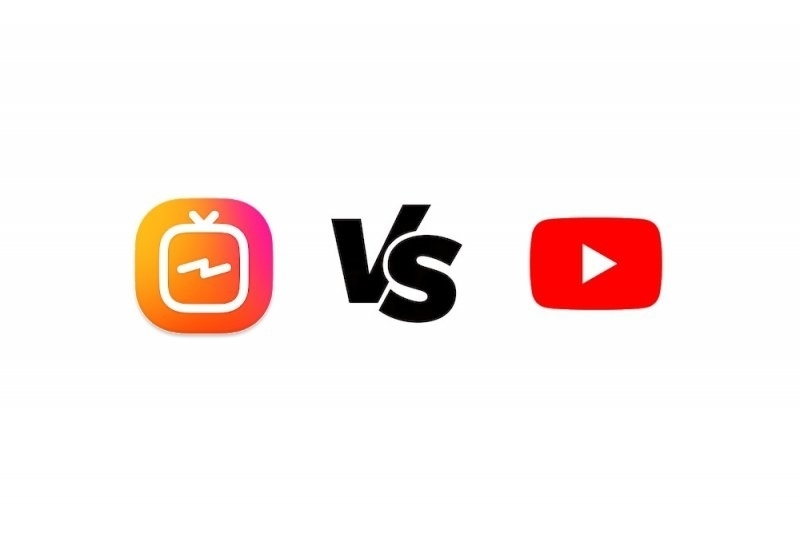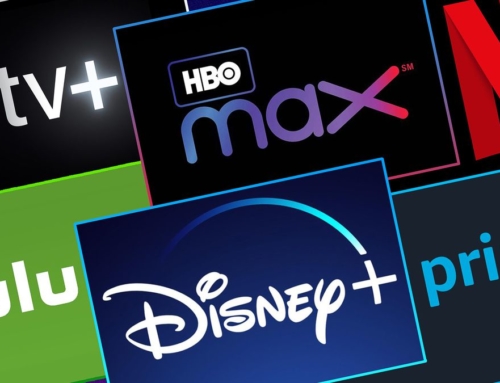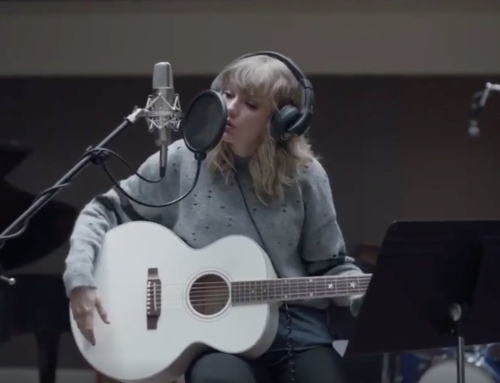
It wasn’t that long ago that primetime television was the pinnacle of successful video content in the entertainment industry. Advertisers would clamour to be involved in any program that attracted viewers. In recent years, however, the landscape has changed drastically. Televisions have largely become a relic of the past and primetime schedules are now viewed as a rigid and archaic mode of entertainment. In 2018, viewers spend their time watching online videos on smartphones and tablets. While popular video stars often update their channels on a fixed schedule, there is an influx of new content being uploaded each and every minute. The most popular videos often amass millions of views – far more than most television programs. Of course, when we think of online videos, we often think of one site in particular: YouTube.
Launched in 2005, YouTube has become a mammoth force on the internet both for the amount of content it hosts and the amount of profit it generates for itself and the creators who post content on the site. It is estimated that 1.3 billion people use YouTube, with 300 hours of video uploaded every minute and 5 billion videos viewed daily. These statistics make it staggeringly clear that YouTube has monopolized the market for internet multimedia. A new type of “dream job” has even sprung from the platform, with many young people hoping to grow up and become YouTubers: i. e, for popular content creators who earn millions of dollars, not only from the videos they post but also from ads in those videos. YouTubers have become a new kind of celebrity, thanks to the site that has given them a platform to share their original content. For more than a decade, YouTube has held the reins as the online platform in which videos are shared and celebrities are made. That may soon change though, as Instagram – and its parent company Facebook – have recently entered the competition.
At the end of June, Instagram launched a new feature with little fanfare. IGTV was announced as an embedded feature in the main Instagram app and as a standalone app available for download. The new feature was touted as a tool for video creators to create and share content. As opposed to Instagram Stories, which only allows users to share one minute of video content, IGTV would be hosting hour-long videos. Instagram users were able to immediately start using the feature, allowing content creators to share videos with the followers they’d already amassed on the platform. The only caveat seemed to be that videos would only be shared and viewed in a vertical (portrait) format as opposed to the traditional landscape format found on YouTube and most video platforms. The vertical format has recently become a trend that is increasingly popular among musicians such as Taylor Swift and Nicki Minaj who have created exclusive videos to be used on Spotify. Still, it is unclear whether users and content creators alike will adapt to this scaled down format.
Almost a month after its launch, IGTV has become an integrated part of Instagram’s platform. Large corporations such as Buzzfeed have used the feature to share videos on Facebook, and influential Instagram users such as the Kardashians have taken to using the feature to share long-form video content to promote their brand. Still, the rollout of IGTV, and the influx of creators using the feature, has been slow – largely due to the fact that Instagram hasn’t introduced any method of monetizing the content that is posted to IGTV. However, given the advertised content found in other areas of the platform, it is only a matter of time before a similar feature is introduced to IGTV.
Even though the launch of IGTV is moving slowly, executives at YouTube are reportedly feeling threatened by the potential of this new video service. This is evidenced by the fact that YouTube has allegedly begun to offer its top content creators million-dollar deals to create exclusive content for the video platform, in an effort to dissuade their top earners from jumping ship to IGTV. While it’s hard to tell whether or not these alleged deals are having an impact yet, it does seem as though there is a low number of users on IGTV at the moment.
The most positive aspect at play for IGTV is the fact that content creators can take their Instagram following and convert it directly into IGTV viewership. With IGTV content, creators aren’t forced to start from scratch like they are on YouTube. Couple this with the fact that Instagram is an extension of Facebook, and it is easy to see the possibilities that may be in store for IGTV in the near future given Facebook’s massive reach in the media industry. Still, IGTV, as it stands, may have boxed itself into a corner in terms of the types of videos that can be created. Forcing creators to adapt to vertical videos will be a hard sell outside of the music industry, not to mention the fact that IGTV offers less editing and and customization compared to YouTube. The final nail in the coffin for the time being is the fact that IGTV offers no advertisements. While this is good news for viewers, it means that content creators have no way to monetize their content on the platform. Given the large profits that successful video makers are already making on YouTube, IGTV may come and go as a passing fad unless they can find ways to offer similar incentives that YouTube has built from the ground up over the last 13 years . For now, YouTube maintains its dominance as the platform of choice for content creators, given its massive following and monetization options. This will remain the case until Instagram and IGTV can offer more to its creators than a vertical video format.










